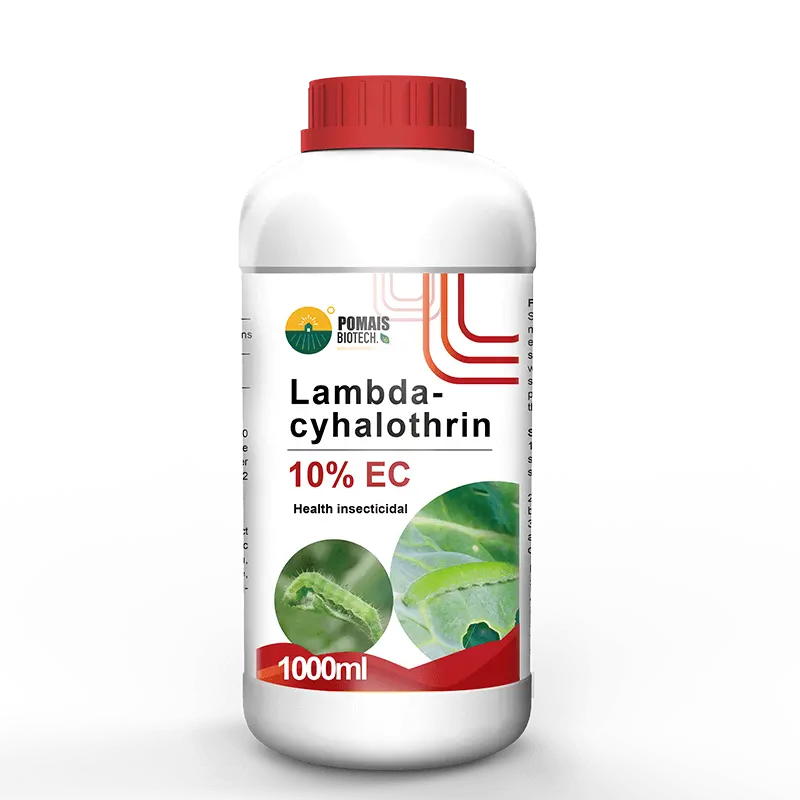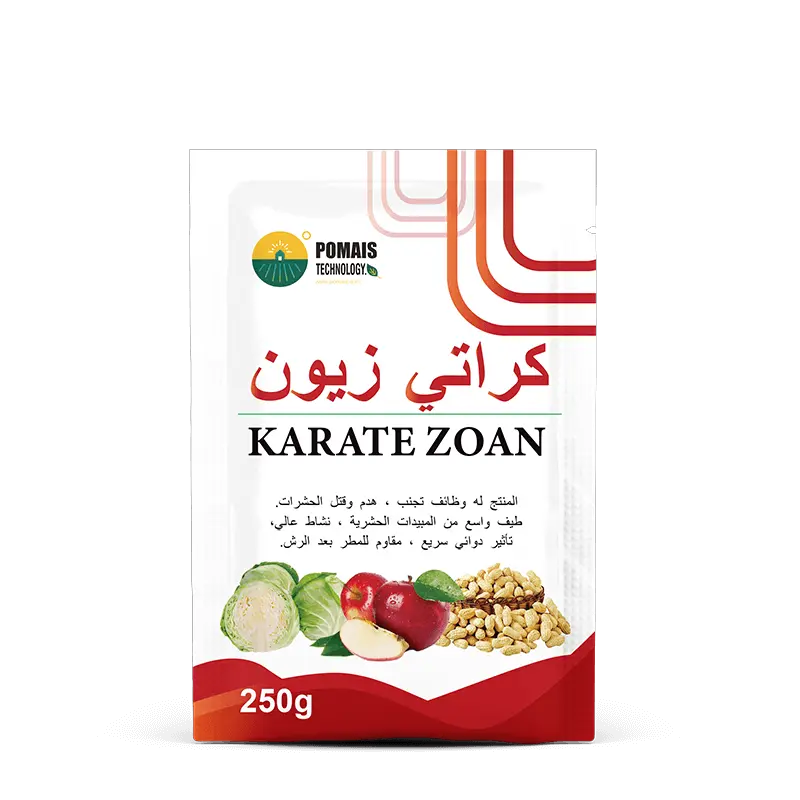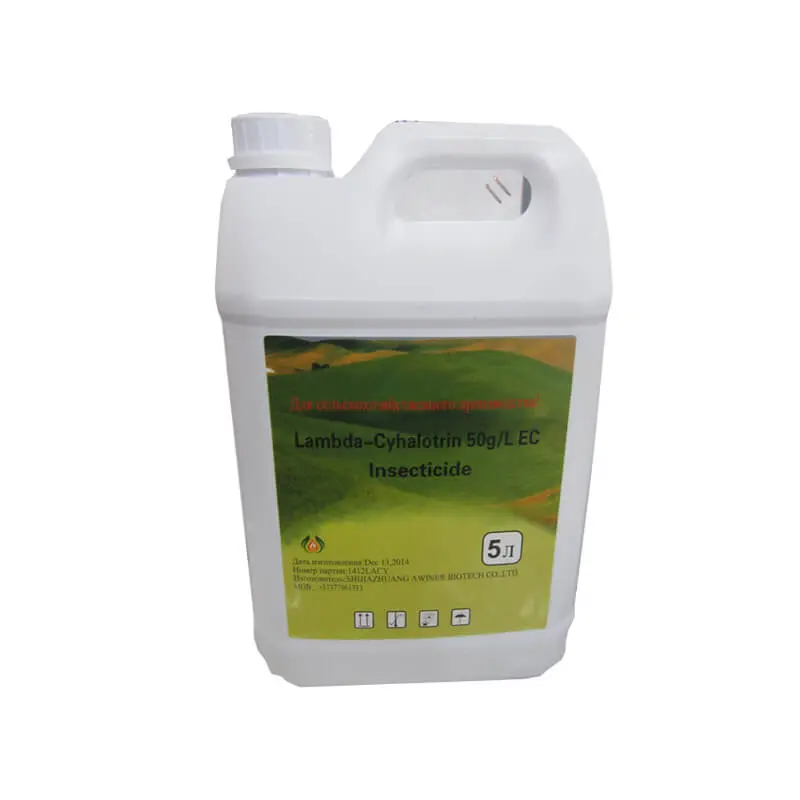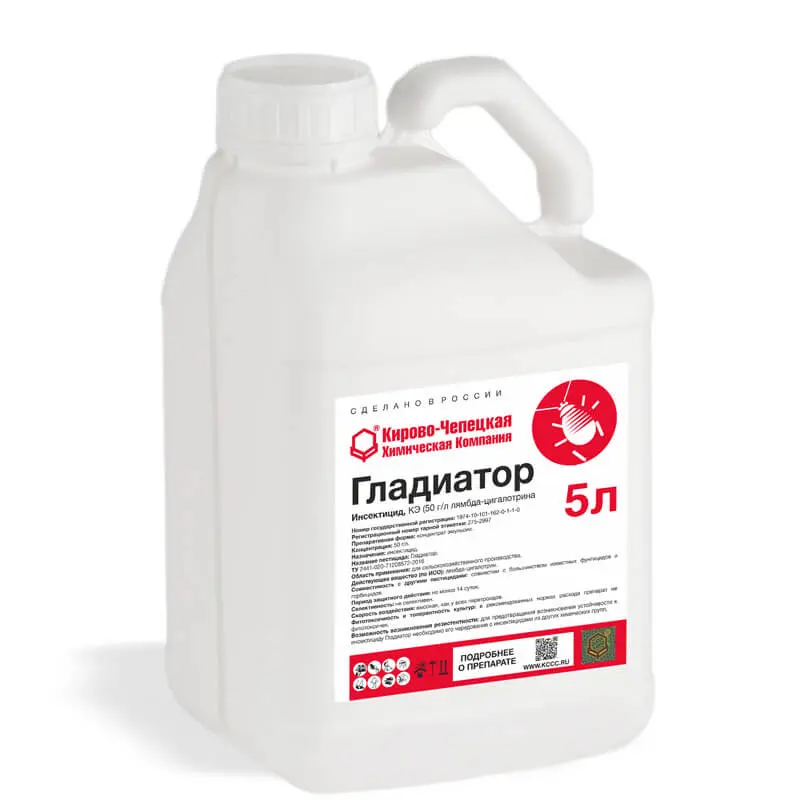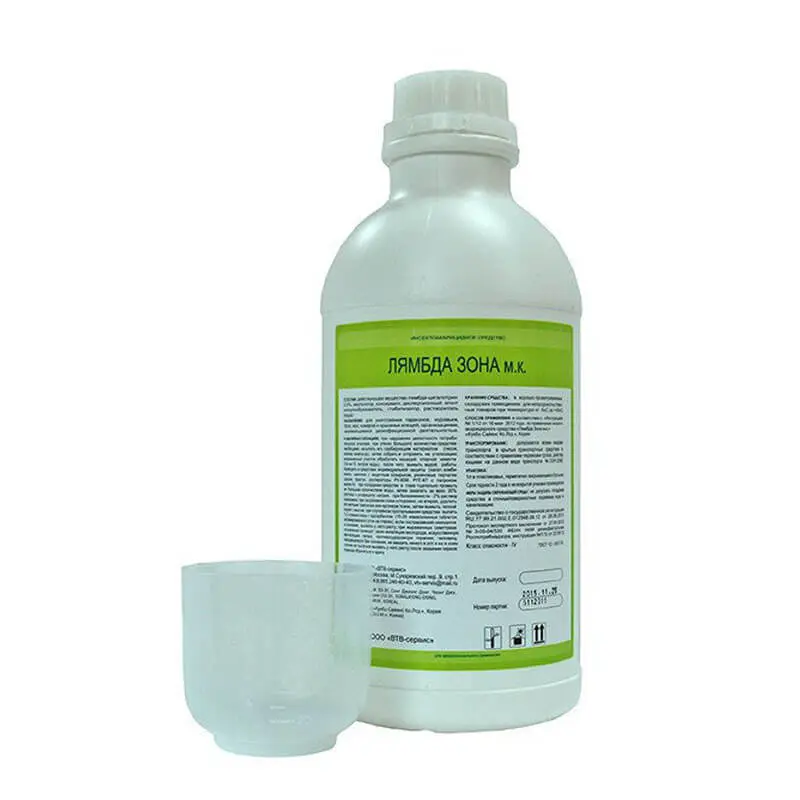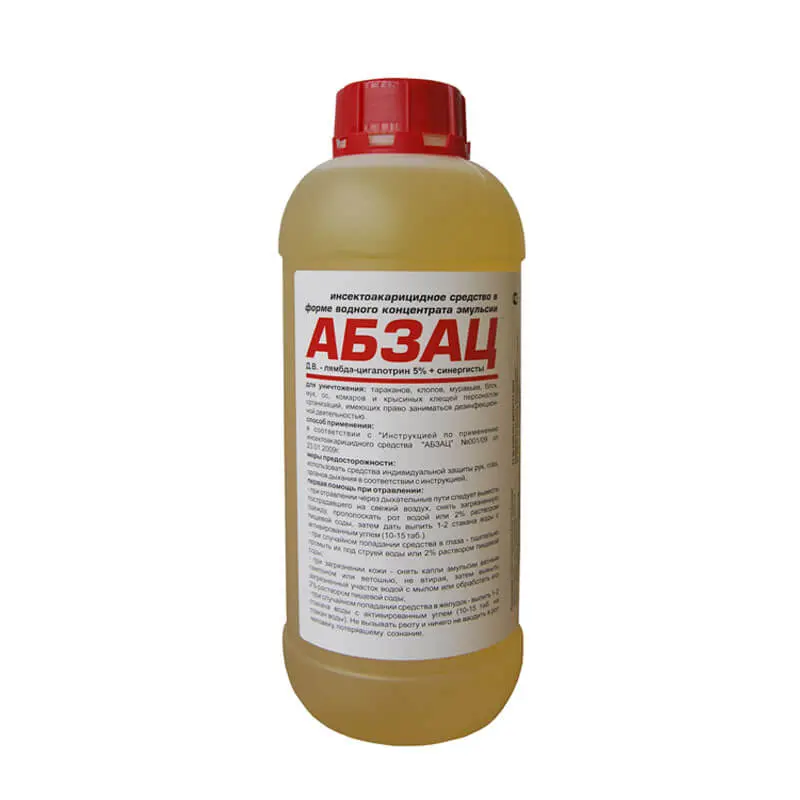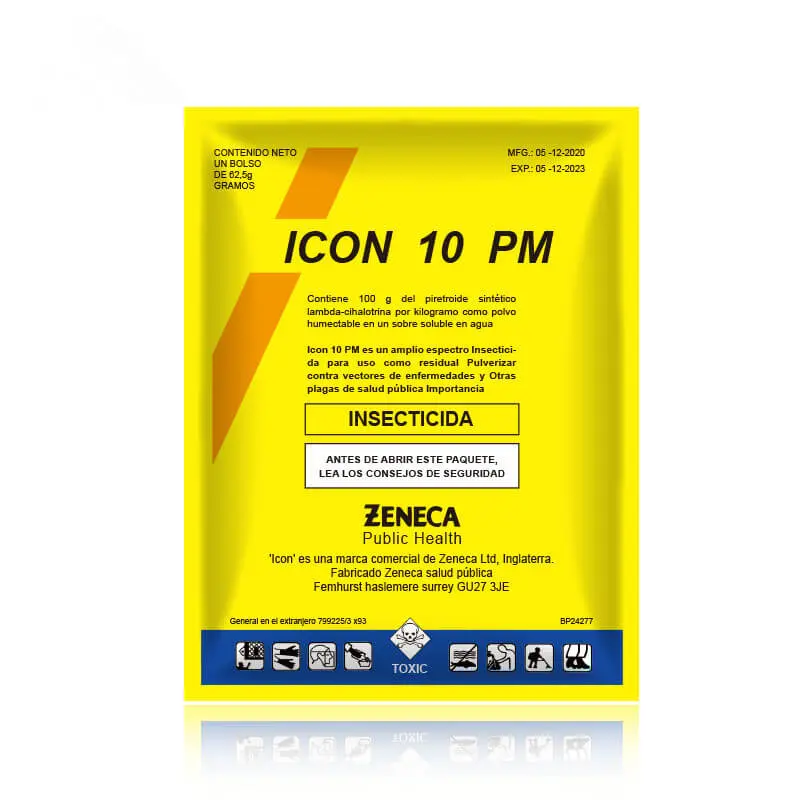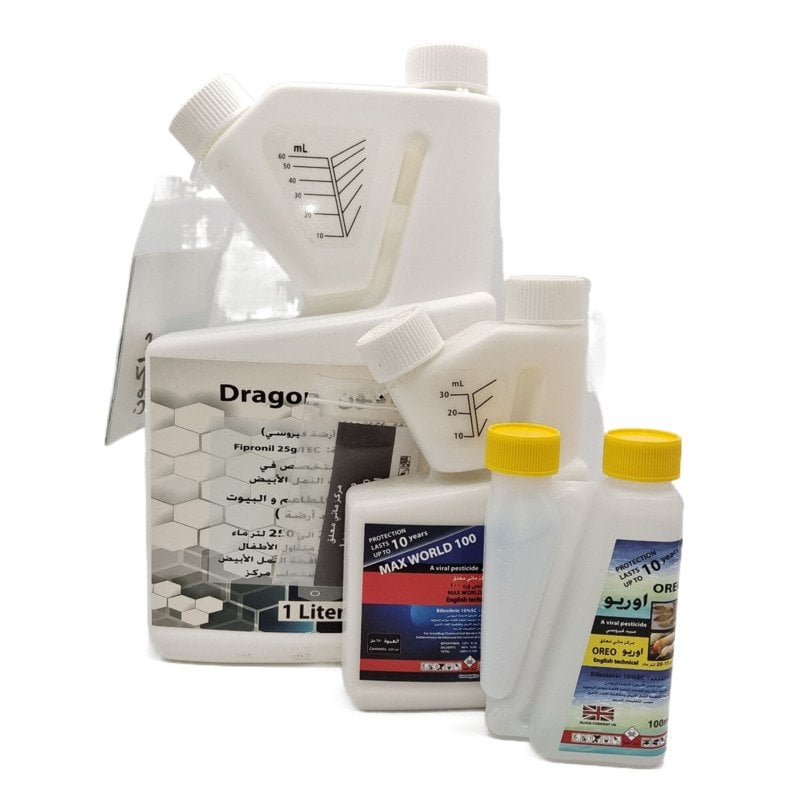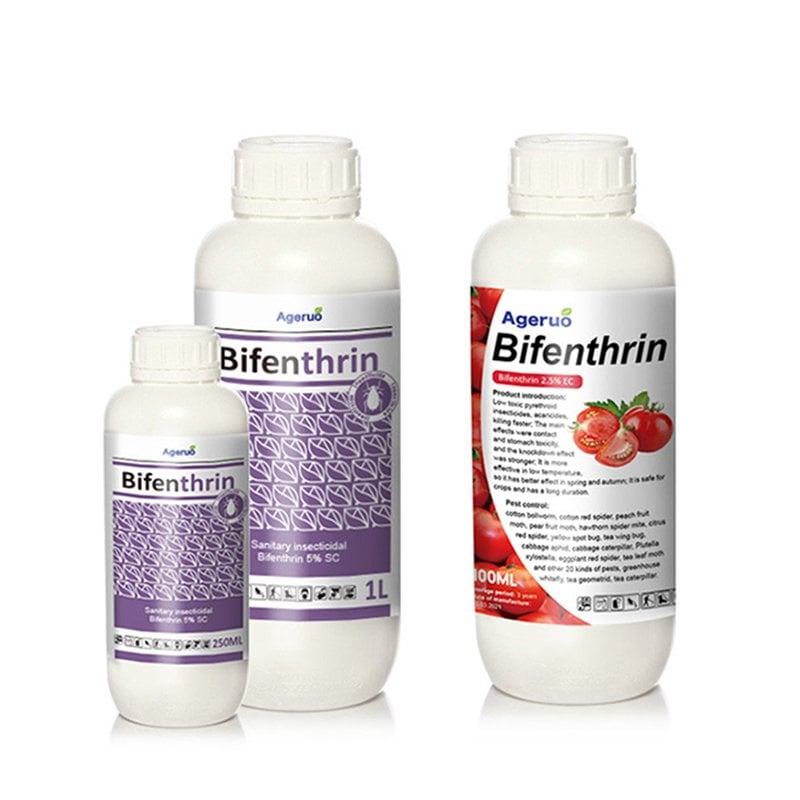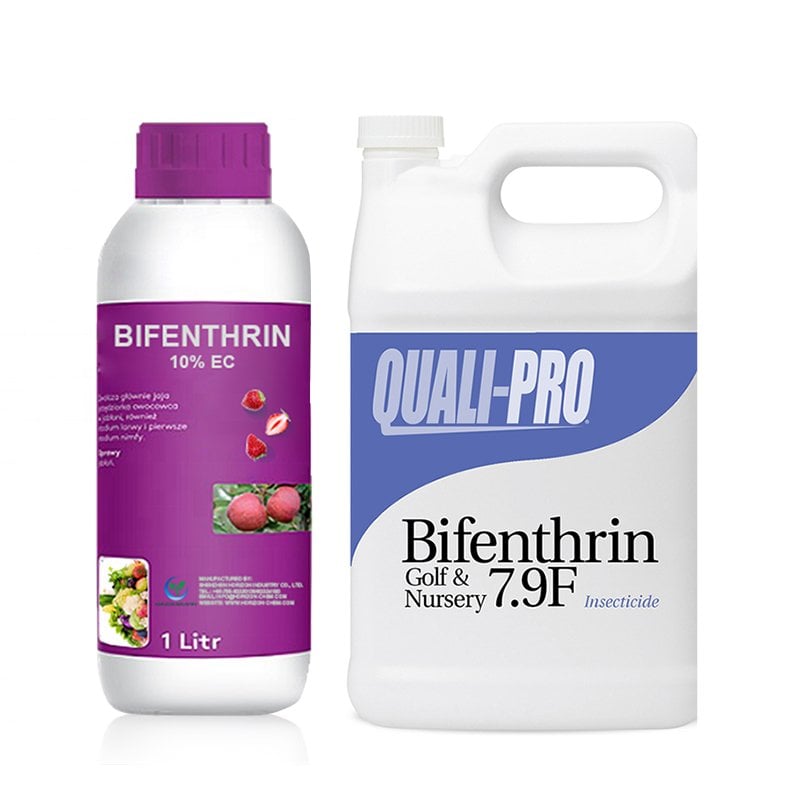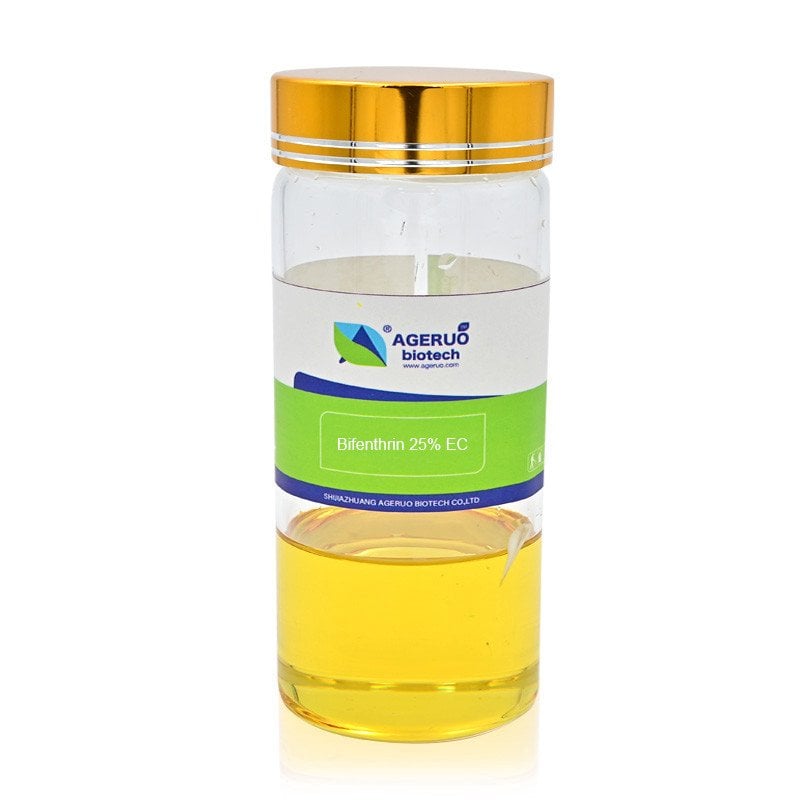Lambda-Cyhalothrin vs Bifenthrin
When it comes to choosing the right insecticide for large-scale applications, two popular active ingredients that stand out are lambda-cyhalothrin and bifenthrin. These pyrethroid insecticides are widely used in both agricultural and household pest control, offering effective solutions for various insect infestations. In this article, we will provide a detailed comparison of these two active ingredients, helping you make an informed decision for your pest control needs. Additionally, as a global supplier, we offer customized products with tailored labels, formulations, and packaging to meet your specific requirements.
Quick Overview of Lambda-Cyhalothrin and Bifenthrin
Lambda-Cyhalothrin
- Chemical Class: Pyrethroid
- Mode of Action: Disrupts the nervous system by affecting sodium channels, leading to paralysis and death of insects.
- Target Pests: Broad spectrum, effective against a wide range of pests, including ants, fleas, ticks, cockroaches, mosquitoes, and agricultural pests like aphids and caterpillars.
- Common Uses: Used in agriculture (grains, fruits, vegetables), residential pest control, and public health applications (mosquito control).
- Formulation: Available in EC (Emulsifiable Concentrate), SC (Suspension Concentrate), WP (Wettable Powder), and other formulations.
- Toxicity: Moderately toxic to humans and animals when ingested; requires careful handling and application.
Bifenthrin
- Chemical Class: Pyrethroid
- Mode of Action: Similar to lambda-cyhalothrin, bifenthrin affects sodium channels in the nervous system, causing hyperactivity, paralysis, and death in insects.
- Target Pests: Highly effective against ants, termites, ticks, fleas, mosquitoes, and other household pests, as well as agricultural pests like aphids and whiteflies.
- Common Uses: Used in residential pest control, termite treatment, and agricultural applications such as crop protection and turf management.
- Formulation: Available in EC, SC, and granular formulations.
- Toxicity: Relatively low toxicity to humans and animals when applied correctly, but can be harmful if ingested or improperly handled.
Comparison Table: Lambda-Cyhalothrin vs Bifenthrin
| Feature | Lambda-Cyhalothrin | Bifenthrin |
|---|---|---|
| Chemical Class | Pyrethroid | Pyrethroid |
| Mode of Action | Sodium channel disruption, paralysis | Sodium channel disruption, paralysis |
| Target Pests | Ants, fleas, ticks, mosquitoes, cockroaches, agricultural pests | Ants, termites, fleas, mosquitoes, cockroaches, agricultural pests |
| Common Uses | Agricultural crops, residential pest control, mosquito control | Residential pest control, termite treatment, agricultural crops |
| Formulations Available | EC, SC, WP, Liquid | EC, SC, Granular |
| Toxicity | Moderately toxic to humans and animals | Low toxicity but harmful if ingested |
| Environmental Impact | Low environmental persistence | Low environmental persistence |
| Application Method | Spray, soil treatment | Spray, soil treatment |
In-Depth Comparison: Lambda-Cyhalothrin vs Bifenthrin
1. Mode of Action
Both lambda-cyhalothrin and bifenthrin are pyrethroids that target the nervous system of insects. They both disrupt the functioning of sodium channels, which leads to hyperactivity, paralysis, and eventually the death of the pests. This similarity in action means that both are effective at controlling a broad range of pests, making them versatile choices for agricultural and household pest management.
2. Effectiveness Against Pests
Lambda-cyhalothrin is particularly effective against agricultural pests, including aphids, caterpillars, and other crop-damaging insects. It’s also widely used in mosquito control programs. On the other hand, bifenthrin is more commonly used for termite control and has long-lasting effects on soil, making it ideal for preventing termite infestations in buildings and structures. Both insecticides provide excellent control of common household pests like ants, cockroaches, fleas, and mosquitoes.
3. Formulation Flexibility
Both lambda-cyhalothrin and bifenthrin are available in various formulations such as Emulsifiable Concentrate (EC), Suspension Concentrate (SC), and granular options, offering flexibility depending on the application type and target area. Lambda-cyhalothrin’s WP formulation is particularly useful for spraying large areas in agricultural settings. Meanwhile, bifenthrin’s granular formulation is well-suited for termite treatments and soil-based applications.
4. Toxicity and Safety
When used correctly, both lambda-cyhalothrin and bifenthrin pose minimal risk to humans and animals. However, both chemicals can be toxic if ingested or improperly handled. Personal protective equipment (PPE) such as gloves, masks, and protective clothing should be worn during application. Lambda-cyhalothrin, in particular, may have a slightly higher toxicity compared to bifenthrin, but both insecticides are considered relatively safe when applied according to manufacturer guidelines.
5. Environmental Impact
Both lambda-cyhalothrin and bifenthrin have low persistence in the environment, meaning they break down relatively quickly after application. However, care must be taken to avoid contamination of water sources, as both chemicals can be harmful to aquatic organisms. Proper storage and disposal are essential to minimize environmental impact.
Why Choose Us for Lambda-Cyhalothrin and Bifenthrin Products?
As a leading global supplier of insecticides, we offer both lambda-cyhalothrin and bifenthrin in large quantities, tailored to meet your specific needs. Whether you require custom formulations, branded labeling, or bulk orders, we provide flexible and cost-effective solutions. Our products are manufactured in compliance with international safety standards, ensuring that they deliver powerful results while protecting your crops, property, and health.
We also offer custom packaging and tailored labeling to align with your brand’s identity and market requirements. Need to adjust the formulation or change the product’s composition? Our R&D team is ready to collaborate with you to develop the perfect product that meets your specifications.
Conclusion
In conclusion, both lambda-cyhalothrin and bifenthrin are effective, broad-spectrum insecticides with slightly different applications and target pest profiles. By understanding their unique properties and uses, you can make an informed decision that suits your pest control needs. As a trusted supplier with global reach, we are here to provide customized solutions, ensuring you get the right products at the right time.
Contact us today to learn more about our lambda-cyhalothrin and bifenthrin offerings, or to discuss your customized requirements. We are committed to helping you protect your assets and ensure the success of your pest control efforts.
When it comes to choosing the right insecticide for large-scale applications, two popular active ingredients that stand out are lambda-cyhalothrin and bifenthrin. These pyrethroid insecticides are widely used in both agricultural and household pest control, offering effective solutions for various insect infestations. In this article, we will provide a detailed comparison of these two active ingredients, helping you make an informed decision for your pest control needs. Additionally, as a global supplier, we offer customized products with tailored labels, formulations, and packaging to meet your specific requirements.
Quick Overview of Lambda-Cyhalothrin and Bifenthrin
Lambda-Cyhalothrin
- Chemical Class: Pyrethroid
- Mode of Action: Disrupts the nervous system by affecting sodium channels, leading to paralysis and death of insects.
- Target Pests: Broad spectrum, effective against a wide range of pests, including ants, fleas, ticks, cockroaches, mosquitoes, and agricultural pests like aphids and caterpillars.
- Common Uses: Used in agriculture (grains, fruits, vegetables), residential pest control, and public health applications (mosquito control).
- Formulation: Available in EC (Emulsifiable Concentrate), SC (Suspension Concentrate), WP (Wettable Powder), and other formulations.
- Toxicity: Moderately toxic to humans and animals when ingested; requires careful handling and application.
Bifenthrin
- Chemical Class: Pyrethroid
- Mode of Action: Similar to lambda-cyhalothrin, bifenthrin affects sodium channels in the nervous system, causing hyperactivity, paralysis, and death in insects.
- Target Pests: Highly effective against ants, termites, ticks, fleas, mosquitoes, and other household pests, as well as agricultural pests like aphids and whiteflies.
- Common Uses: Used in residential pest control, termite treatment, and agricultural applications such as crop protection and turf management.
- Formulation: Available in EC, SC, and granular formulations.
- Toxicity: Relatively low toxicity to humans and animals when applied correctly, but can be harmful if ingested or improperly handled.
Comparison Table: Lambda-Cyhalothrin vs Bifenthrin
| Feature | Lambda-Cyhalothrin | Bifenthrin |
|---|---|---|
| Chemical Class | Pyrethroid | Pyrethroid |
| Mode of Action | Sodium channel disruption, paralysis | Sodium channel disruption, paralysis |
| Target Pests | Ants, fleas, ticks, mosquitoes, cockroaches, agricultural pests | Ants, termites, fleas, mosquitoes, cockroaches, agricultural pests |
| Common Uses | Agricultural crops, residential pest control, mosquito control | Residential pest control, termite treatment, agricultural crops |
| Formulations Available | EC, SC, WP, Liquid | EC, SC, Granular |
| Toxicity | Moderately toxic to humans and animals | Low toxicity but harmful if ingested |
| Environmental Impact | Low environmental persistence | Low environmental persistence |
| Application Method | Spray, soil treatment | Spray, soil treatment |
In-Depth Comparison: Lambda-Cyhalothrin vs Bifenthrin
1. Mode of Action
Both lambda-cyhalothrin and bifenthrin are pyrethroids that target the nervous system of insects. They both disrupt the functioning of sodium channels, which leads to hyperactivity, paralysis, and eventually the death of the pests. This similarity in action means that both are effective at controlling a broad range of pests, making them versatile choices for agricultural and household pest management.
2. Effectiveness Against Pests
Lambda-cyhalothrin is particularly effective against agricultural pests, including aphids, caterpillars, and other crop-damaging insects. It’s also widely used in mosquito control programs. On the other hand, bifenthrin is more commonly used for termite control and has long-lasting effects on soil, making it ideal for preventing termite infestations in buildings and structures. Both insecticides provide excellent control of common household pests like ants, cockroaches, fleas, and mosquitoes.
3. Formulation Flexibility
Both lambda-cyhalothrin and bifenthrin are available in various formulations such as Emulsifiable Concentrate (EC), Suspension Concentrate (SC), and granular options, offering flexibility depending on the application type and target area. Lambda-cyhalothrin’s WP formulation is particularly useful for spraying large areas in agricultural settings. Meanwhile, bifenthrin’s granular formulation is well-suited for termite treatments and soil-based applications.
4. Toxicity and Safety
When used correctly, both lambda-cyhalothrin and bifenthrin pose minimal risk to humans and animals. However, both chemicals can be toxic if ingested or improperly handled. Personal protective equipment (PPE) such as gloves, masks, and protective clothing should be worn during application. Lambda-cyhalothrin, in particular, may have a slightly higher toxicity compared to bifenthrin, but both insecticides are considered relatively safe when applied according to manufacturer guidelines.
5. Environmental Impact
Both lambda-cyhalothrin and bifenthrin have low persistence in the environment, meaning they break down relatively quickly after application. However, care must be taken to avoid contamination of water sources, as both chemicals can be harmful to aquatic organisms. Proper storage and disposal are essential to minimize environmental impact.
Why Choose Us for Lambda-Cyhalothrin and Bifenthrin Products?
As a leading global supplier of insecticides, we offer both lambda-cyhalothrin and bifenthrin in large quantities, tailored to meet your specific needs. Whether you require custom formulations, branded labeling, or bulk orders, we provide flexible and cost-effective solutions. Our products are manufactured in compliance with international safety standards, ensuring that they deliver powerful results while protecting your crops, property, and health.
We also offer custom packaging and tailored labeling to align with your brand’s identity and market requirements. Need to adjust the formulation or change the product’s composition? Our R&D team is ready to collaborate with you to develop the perfect product that meets your specifications.
Conclusion
In conclusion, both lambda-cyhalothrin and bifenthrin are effective, broad-spectrum insecticides with slightly different applications and target pest profiles. By understanding their unique properties and uses, you can make an informed decision that suits your pest control needs. As a trusted supplier with global reach, we are here to provide customized solutions, ensuring you get the right products at the right time.
Contact us today to learn more about our lambda-cyhalothrin and bifenthrin offerings, or to discuss your customized requirements. We are committed to helping you protect your assets and ensure the success of your pest control efforts.

